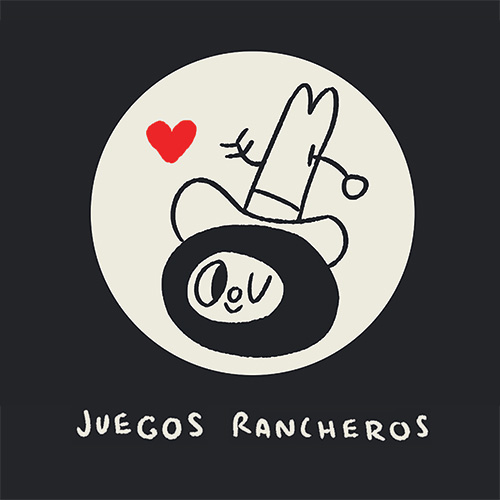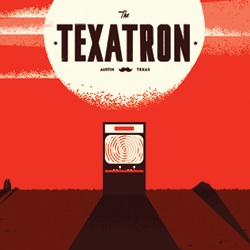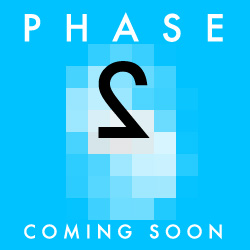RAGDOLL METAPHYSICS: 2008 AND THE INDIE RENAISSANCE
There’s nothing about 2008 that I’ll remember more fondly than the bold success of independent games developers. Based on the past couple of years, and the guiding lights of companies like Introversion, I had been anticipating some positive trends for 2008, but things really started to clarify at February’s San Francisco GDC. The signs were all there: 2008 was going to be a crucial year for the indie gaming scene.
It’s fair to say that the Independent Game Summit was brimming with energy, and the independent developers had more to say – and more to be happy about – than any of the scores of well-paid big-studio professionals who were strolling lackadaisically around the convention centre halls. In fact, seeing games like World of Goo and Fez in motion was pretty unsettling: they were so imaginative, and so cogent, that the idea of their being built up by two man teams seemed absurd. If I were a developer working in a big studio game, I would have been rethinking my life choices around that time.And yet these officially demo’d award-nominees were simply the tip of the iceberg: my mind was comprehensively expanded (and retuned to some kind of new wavelength) when I met Eskil Steenberg, and was one of the first people to see his private MMO project, Love. Shown at a random convention centre table on an overheating Macbook, it was nonetheless visionary. I won’t repeat myself by banging on about it here, but it was clear from that GDC that the indie scene not only boasted enthusiasm and imagination, but savant-like technological understanding. Love – a procedurally generated world of painterly abstract beauty – dispels the idea that indie is in any sense equated with “lo-fi”.
The IGF awards ceremony too had a kind of punk energy to it: filled with gentle digs at the mainstream and bursting with a vivacious confidence, the indie community seemed to have found itself. They were able to make jokes about the troubles of being a bedroom programmer, and the audience, a multifarious industry throng seated across a vast auditorium, laughed along with them.
When Audiosurf-creator Dylan Fitterer climbed up on stage to receive his award, he was already hurtling towards riches. His audio-visualiser game hybrid was to be the top seller on Steam that month, even out-selling Valve’s own recently released titles. In the same month Fitterer had been exulted by his gathered peers in San Francisco, and found financial security in a game he’d made with just a bit of help from friends. It was a fine achievement for any programmer: to have made a popular independent game, and have received a money hat too. It proved the power of digital distribution platforms in 2008: Steam could make indie games a hit. Which, in itself, was going to become an issue for serious debate.
And 2008 was a year for both starting and settling debates. If Fitterer was the indie poster-child for going it alone and making a financial splash, then Jonathan Blow was the key spokesperson for arguing the values of independent creativity and then putting your time and money where your mouth is. Having slagged off BioShock and built up the indie developer as an “artist” it was clear that the game he was making needed to be something special to justify his somewhat elitist position. Fortunately, the Xbox Live released platformer Braid was a dazzling example of both artistic endeavour and game design flare. Blow’s claims about the lack of innovation in game development were not just hot air: here was a game that substantiated what he’d said about doing things differently. Braid plays with the concept of time in a way that makes previous rewind and bullet-time techniques seem positively Medieval. Bwoooop, indeed.
But of all the growth of gaming to bear strange fruit in 2008, it was World Of Goo that seems most profound and triumphant. Created by two developers who had thrown off the shackles of big-studio employment to pursue their dream, it is a game that should bring just a little glow of embarrassment anyone with serious development budget. Two guys, making their first game, have produced what can be fairly described as one of the finest games of the year. And it seems to have sold well enough for them to be pleased with the prospects for the future.
Better still, the raving reviews are a mere critical digestif to the experience of the game itself: a peculiarly malleable mix of humour, uplifting music, abstract engineering puzzles and cartoon precision. World Of Goo is a quirky smile of a game, and an affirmation of just what videogames are capable of being, despite some much evidence to the contrary: the capacity to be be weird and offbeat, while at the same time being accessible and comprehensible to anyone who happens to sit down at the keyboard. It’s a game that never gets harder, simply adds more ideas to the mix. Rather than demanding you climb higher, it simply gives you more terrain to explore. It could almost be a conscious lesson in game design, so well-judged are its many minutiae. As of 2008 the puzzle game is not dead, it’s evolving, and stronger than ever before: breeding in a gene-pool of punk ethos, independent spirit, and imagination turned into application via a programmer’s magic touch.
2008 was the year that, for me at least, indie gaming was confirmed as a vital, valid movement within the world of gaming. Let’s hope this is just the beginning.
[Jim Rossignol is an editor at RockPaperShotgun.com and the author of This Gaming Life, an account of the life of modern videogames and some of the people who play them. Ragdoll Metaphysics is his Offworld column exploring and analyzing gaming’s vast world of esoterica.]
See more posts about: Introversion, Offworld Originals, Ragdoll Metaphysics






